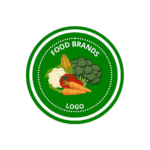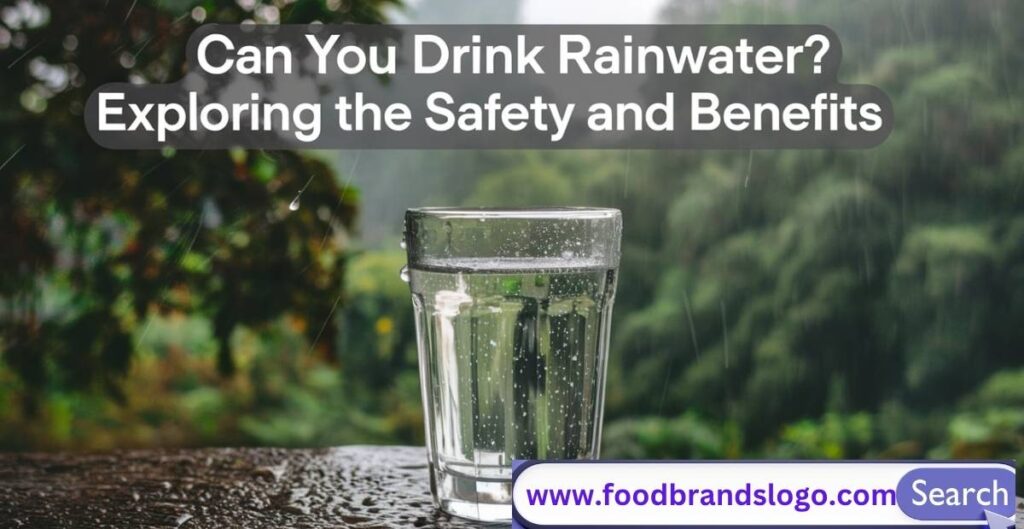Introduction
It may appear that rain falling from the sky is the purest gift the planet can give. Here’s the question, though: Is it safe to drink rainwater? Science, environmental factors, and potential health effects complicate the answer. More individuals are investigating whether rainwater might be a dependable and healthful drinking choice as interest in off-grid lifestyles, sustainable living, and alternative water sources grows. This resource is for anyone looking for environmentally friendly tap water substitutes, whether they are preppers, inquisitive readers, or both.
Is Rainwater Safe to Drink?
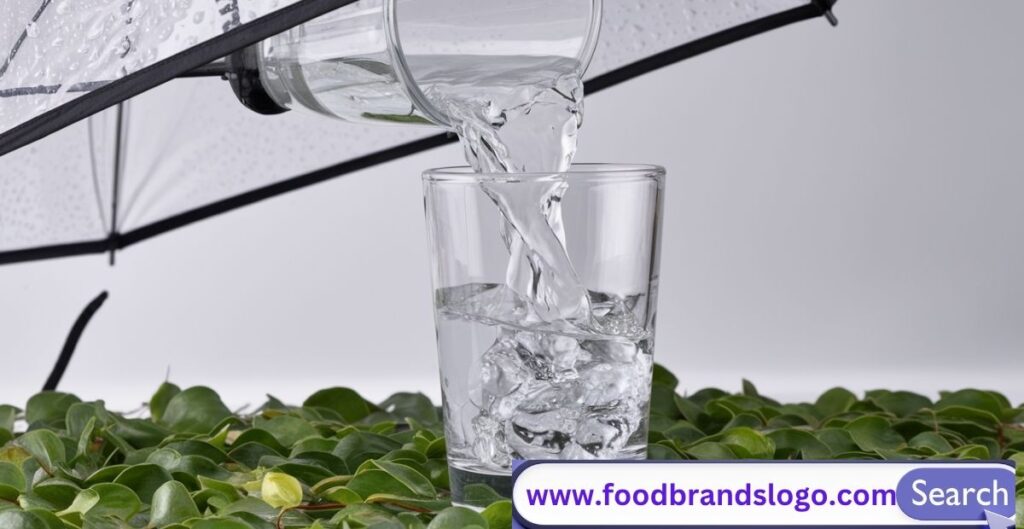
We must first investigate what rain is in order to determine whether rainwater is safe to drink. In the atmosphere, rainwater starts as vapor that eventually condenses into droplets and descends to the ground. However, as those droplets descend through air layers, they may pick up contaminants including smoke, dust, bacteria, pesticides, and in severe situations, radioactive particles. This is especially true in places with significant levels of air pollution, such cities or factories.
Where and how you collect rainwater has a big impact on its safety. It’s probably safer for rain to fall in a remote forest with pure air and no industrial pollution than it is in the center of a city with a lot of smog. Airborne particles and surfaces that collect precipitation, such roofs, gutters, or open containers, can both produce contaminants. Therefore, even while rainwater may begin pure, it may contain toxins or pathogens by the time it reaches your cup that, if left untreated, might be harmful to your health.
Is It Safe to Drink Rainwater Directly?
It is not good to drink rainwater directly from the sky, unfiltered or unpurified. Despite its clean appearance and invigorating feel, appearances can be deceiving. Rainwater may include invisible dangers like Salmonella, E. Coli, or other waterborne pathogens, even if you collect it in a clean container. From little pain to severe dehydration and hospitalization, these microbes can cause gastrointestinal disorders.
In areas with significant pollution, particularly those close to factories, highways, or agricultural operations that release chemicals into the atmosphere, direct ingestion becomes much more dangerous. Even if some people have never become sick after drinking rainwater, this does not mean that everyone is safe. Children, the elderly, and people with compromised immune systems are at far higher risk for health problems. Therefore, it is best to purify before drinking unless you are positive that your environment and collection method are completely clean.
Can Rainwater Affect Your Health Like Energy Drinks?
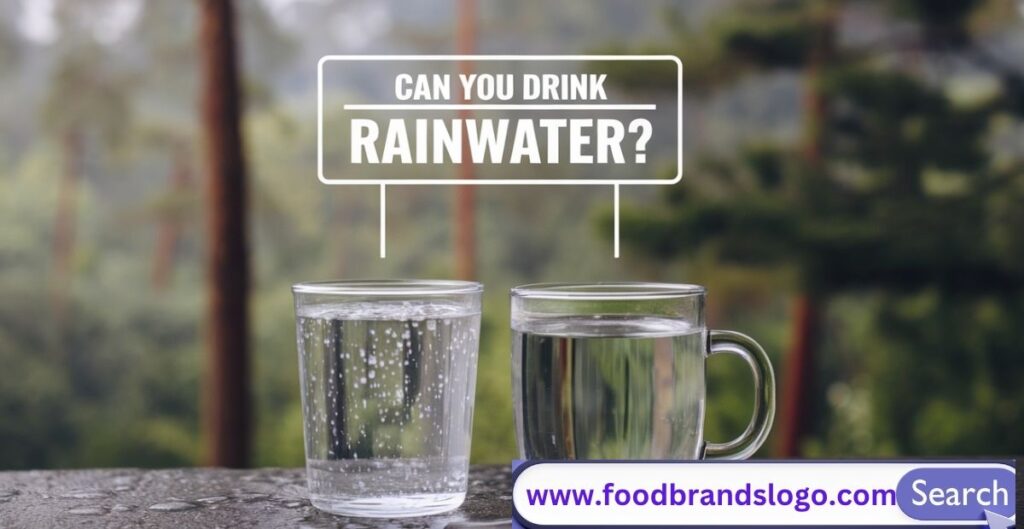
Although both rainwater and energy drinks are liquids, their chemical makeups couldn’t be more dissimilar. Energy drinks contain a lot of sugar, caffeine, and artificial ingredients that, if taken in excess, can alter heart rate, sleep patterns, and general health. However, rainwater is devoid of these substances. It is a natural water source devoid of stimulants and extra sweeteners.
However, the purity of the rainwater is the only factor that affects its health impacts. Because it may include germs, viruses, or other contaminants, contaminated rainwater can be extremely harmful to human health. Depending on what’s in it, unfiltered rainwater might cause severe health problems like vomiting, diarrhea, or worse, unlike energy drinks, which are usually harmless if taken in moderation. However, when appropriately filtered and cleaned, rainwater can be a safe, healthful substitute for sugar-filled drinks and, in certain situations, even municipal tap water.
Is Rainwater Clean?
There are two answers to the question of whether rainfall is clean. In a clean environment, newly generated rain can be comparatively devoid of dangerous pollutants. Many people seeking natural hydration find rainwater appealing because it doesn’t include fluoride, chlorine, or other chemicals commonly added to tap water. Rainfall, however, may combine with toxins from collection surfaces or airborne pollutants.
It takes more than just optical clarity to produce clean rainfall. The quality of the air in your area is very important. Rainfall is typically cleaner in places with minimal levels of air pollution and little industrial or agricultural activity. However pure the rain may seem, it is safer to treat it before drinking, particularly if you intend to use it as a regular supply of drinking water.
Benefits of Drinking Rainwater
Rainwater offers several strong advantages when you collect and treat it safely. It’s a free resource, first and foremost. Rainwater can be a sustainable and independent source of water for those who live off the grid or in places with erratic municipal water systems. Additionally, because it is naturally soft, it has fewer minerals than hard water, which is better for home appliances and plumbing systems.
The absence of chemicals like chlorine, which many municipalities add to tap water to clean it, in rainwater is another significant benefit. Because rainwater doesn’t contain any additives, some individuals report that it tastes better or feels softer on their skin. You may lessen your reliance on treated municipal water, lessen your environmental impact, and support water sustainability in your house or neighborhood by collecting and reusing rainwater.
How to Purify Rainwater for Drinking Naturally
You must take rainwater through several crucial stages of natural purification before drinking it. Start by using appropriate collection techniques. Use covered rain barrels or food-grade containers to prevent contamination from debris or insects. Avoid collecting water from dirty rooftops or gutters unless you clean and sterilize them regularly.
You should then filter the water either mechanically or naturally. Gravel beds, charcoal filters, and sand filtration effectively remove larger particles and organic matter.Consider boiling the water for at least a minute to destroy germs and viruses. In sunny regions, another option is solar disinfection, which involves putting water in transparent bottles and letting it sit in the sun. Effective pathogen elimination is also provided by ceramic filters and UV purifiers.
Reverse osmosis systems are an additional choice; they eliminate pollutants and heavy metals in addition to microorganisms. Regardless of the approach you take, if you depend on rainwater as your main source of drinking water, test your water frequently. To maintain your supply safe and clean, basic water testing kits can detect the presence of heavy metals, microbiological content, and pH balance.
Can You Drink Rainwater at Sea?
When at sea, rainwater can be a very useful resource, particularly in emergency scenarios where fresh water supplies are few. Actually, collecting rainwater while on a voyage has long been a practice among survivalists and sailors. But it’s important to gather it with caution.
Use sanitized, approved collection containers and keep them away from seawater and marine contaminants to properly collect rainwater at sea. Boiling rainwater will eliminate possible microorganisms if you don’t have any purification equipment on board, but be careful to use salt-free funnels and containers. When used properly, rainwater at sea can literally save lives; it is hydrating, fresh, and preferable to nothing when stranded miles from land.
Can You Drink Rainwater After Boiling It?
Indeed, one of the easiest and most efficient ways to render rainwater safe for human consumption is to boil it.Boiling the water eliminates hazardous bacteria, viruses, and parasites that may have entered it through the atmosphere or collection surfaces. For optimal results, bring the water to a rolling boil for at least one minute. At higher elevations (above 2,000 meters or 6,500 feet), boil it for three minutes to ensure you kill all germs
However, boiling won’t get rid of particles, heavy metals, or chemical contaminants.If you’re concerned about industrial pollutants or air pollution in your area, combine boiling with filtration or activated charcoal treatments to increase safety.Therefore, boiling is an excellent first step, particularly in survival situations, but for long-term use, it works best when combined with other purification techniques.
Is Rainwater Safe to Drink Before It Hits the Ground?
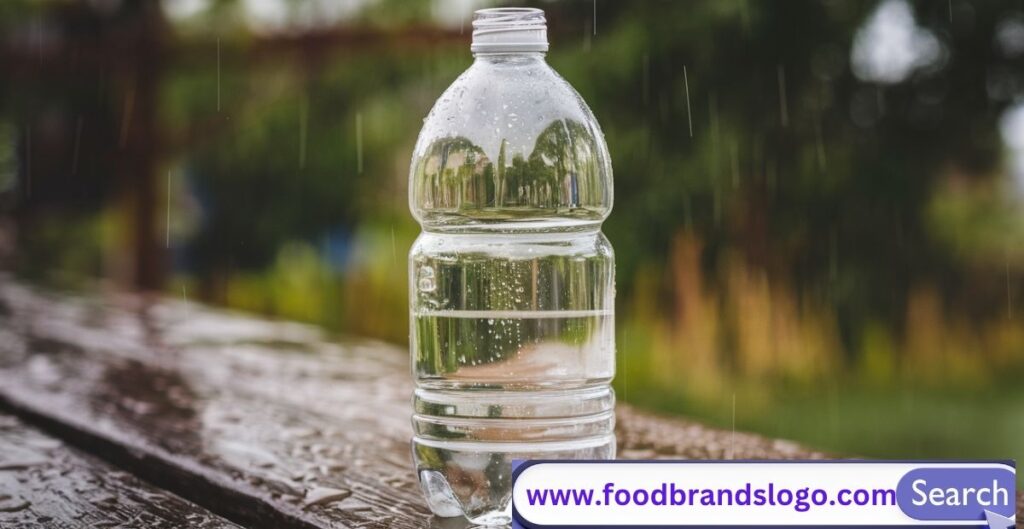
A common misconception is that rainwater is completely safe if it is captured in midair, before it comes into contact with soil or rooftops. That isn’t completely safe, even though it is supposedly cleaner than collecting off surfaces. Rain can interact with air pollutants such as pollution, automobile emissions, or agricultural chemicals floating in the atmosphere even before it touches the ground.
Rainwater collected prior to contact with surfaces may be safer in isolated, unpolluted places, but it is not always sterile.Experts highly recommend purifying rainwater since you’re dealing with a natural source that hasn’t been treated or tested. If you plan to collect rain directly from the sky, clean the container thoroughly, ensure the surrounding area is free of pollutants, and properly purify the water before using it.
Is Rainwater Safe to Bathe In?
Most individuals can safely bathe in rainwater, especially if it has been properly gathered and stored. Rainwater is actually gentle and devoid of chemicals like chlorine, which may be damaging to skin and hair. Many people discover that rainfall makes their hair shine and their skin feel smoother.
But the same warnings concerning alcohol also apply here. Rainwater can still be harmful to health even if it contains bacteria, viruses, or heavy metals. This is especially true if the water gets into open wounds, eyes, or is consumed while taking a bath. Use filtered or treated rainwater for bathing to ensure safety, especially for young children or people with sensitive skin. Bathing with rainwater may be made safe and enjoyable with well-maintained rainwater systems that include first-flush diverters and filters.
Conclusion
So, is rainwater safe to drink? Yes, but only if it is appropriately gathered and cleansed. Rainwater can absorb a variety of pollutants during its journey, even if it begins as a pure source from the sky. Rainwater can replace tap water in a sustainable, economical, and even healthful way if the proper information, equipment, and safety measures are in place. The importance of this natural resource is being rediscovered by more individuals, from homesteads in rural areas to rain barrels on city balconies.
Making educated decisions is more important for drinking rainwater safely than taking chances. Knowing the possibilities of rainwater is a good first step, whether your goal is to lower your water bill, live more sustainably, or be ready for crises. Act now by embracing one of nature’s most potent (and cost-free) resources, installing a collection system, and learning how to purify organically.
FAQs
Can rainwater be healthier than tap water?
Yes, in certain situations. Rainwater can be devoid of pollutants like fluoride and chlorine that are frequently found in tap water when it is properly collected and filtered. Rainwater needs to be handled carefully to guarantee it is genuinely healthy because, in contrast to regulated municipal water, it needs to be manually treated to remove impurities.
What are the risks of drinking untreated rainwater?
Untreated rainwater can carry airborne contaminants, viruses, parasites, and harmful microorganisms. These can cause diarrhea, stomach infections, and more serious waterborne illnesses. Even if it looks clean, rainwater may contain toxins or invisible microbes, so you should always filter it before drinking.
Is it legal to collect and drink rainwater?
Rainwater collection and personal use is permitted and even promoted in the majority of regions as a sustainable practice. However, because to public health regulations, certain states or nations may ban its usage for drinking or regulate its large-scale collecting. Before installing a rainwater harvesting system, make sure you are in compliance with local regulations.
Does rainwater have any nutrients?
Generally speaking, rainwater has less minerals than spring or mineral water. Rainwater might contain traces of naturally occurring minerals it picks up from the atmosphere or collection surfaces. However, you shouldn’t rely on it as a primary source of nourishment since it lacks essential vitamins and electrolytes.
How long can you store rainwater for drinking?
You can store rainwater for several months if you keep it in hygienic, airtight containers away from pollutants and sunlight. However, always boil or re-filter the stored rainwater before drinking it—especially if you didn’t treat it initially or have stored it for more than a few days.
